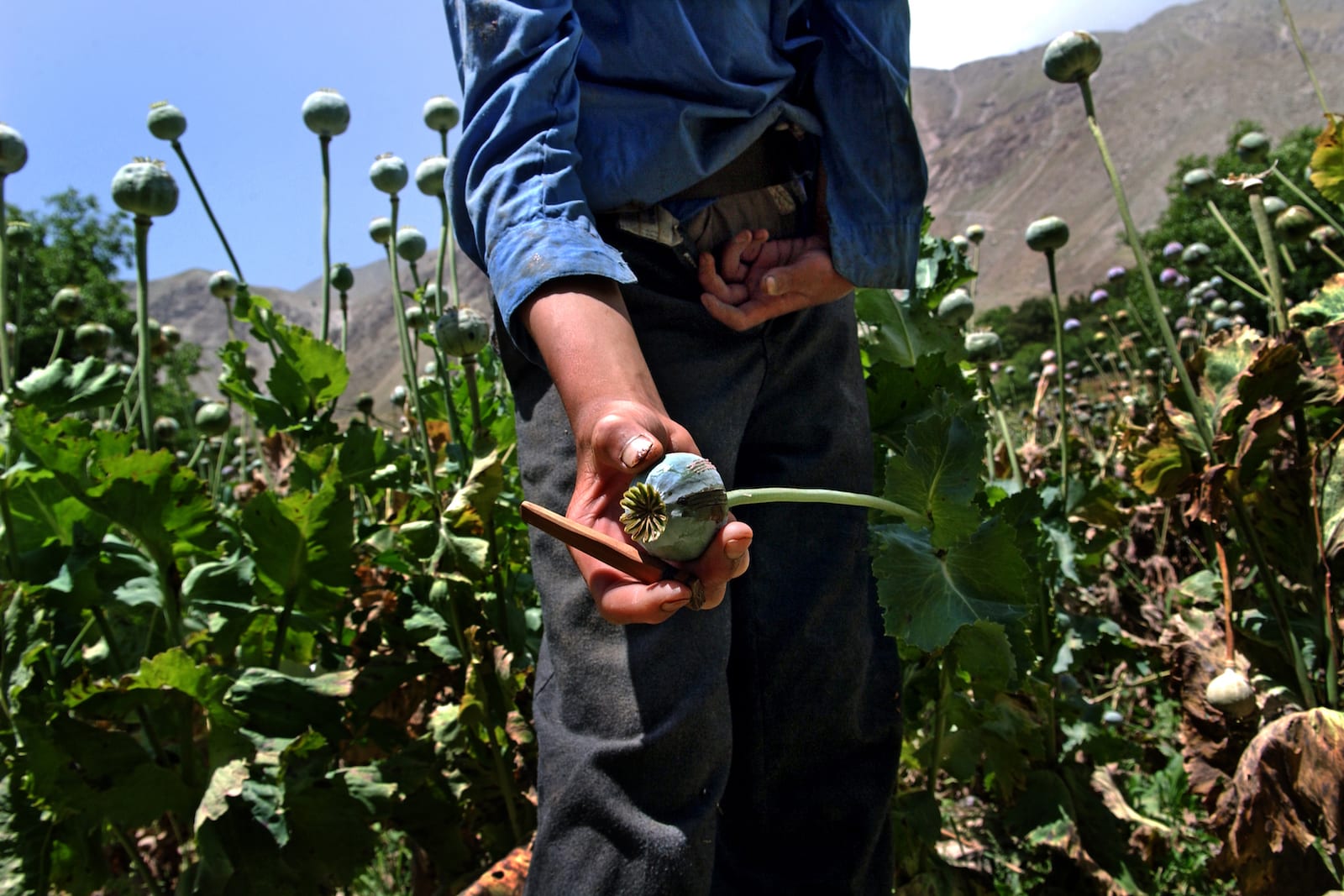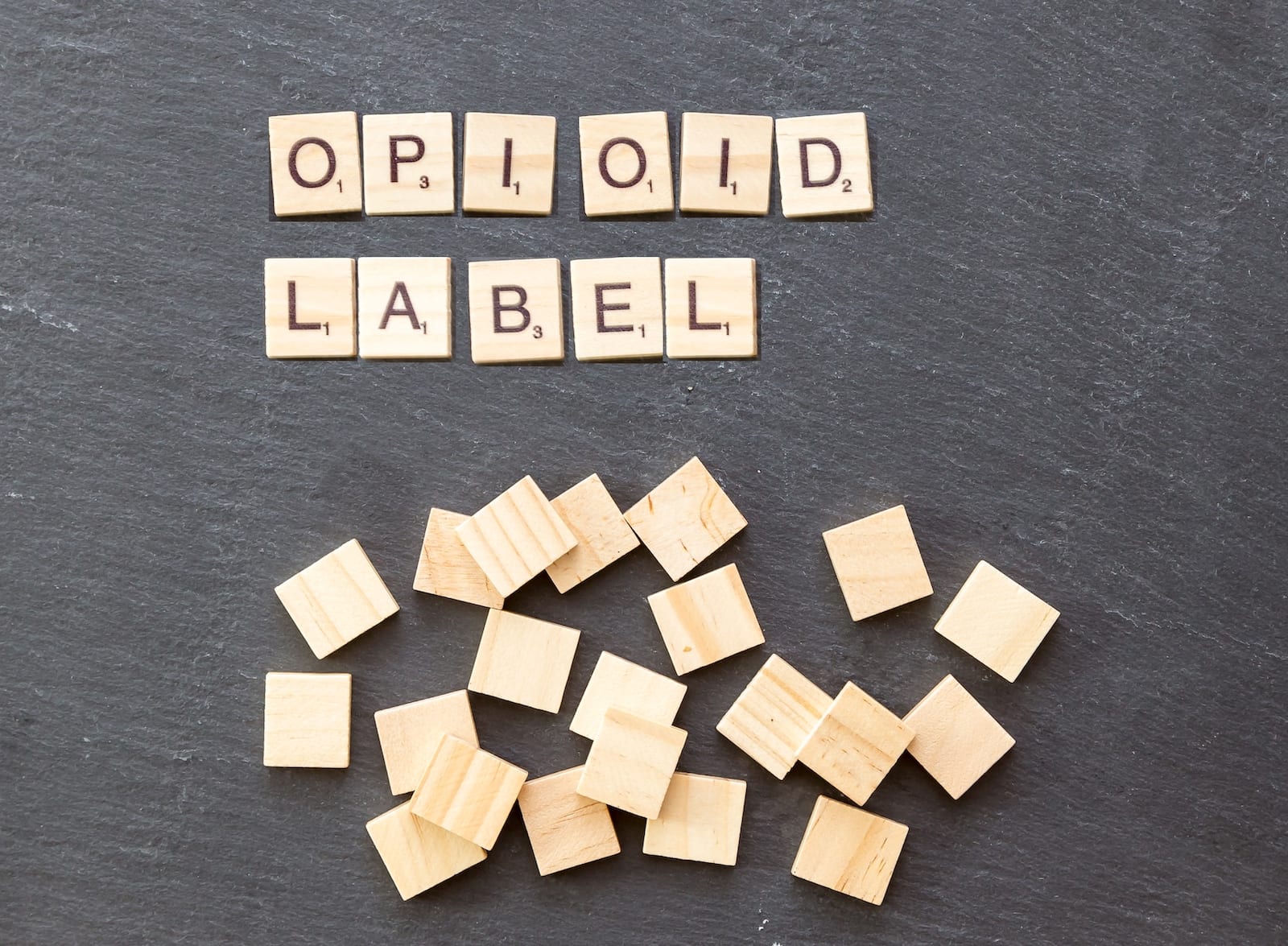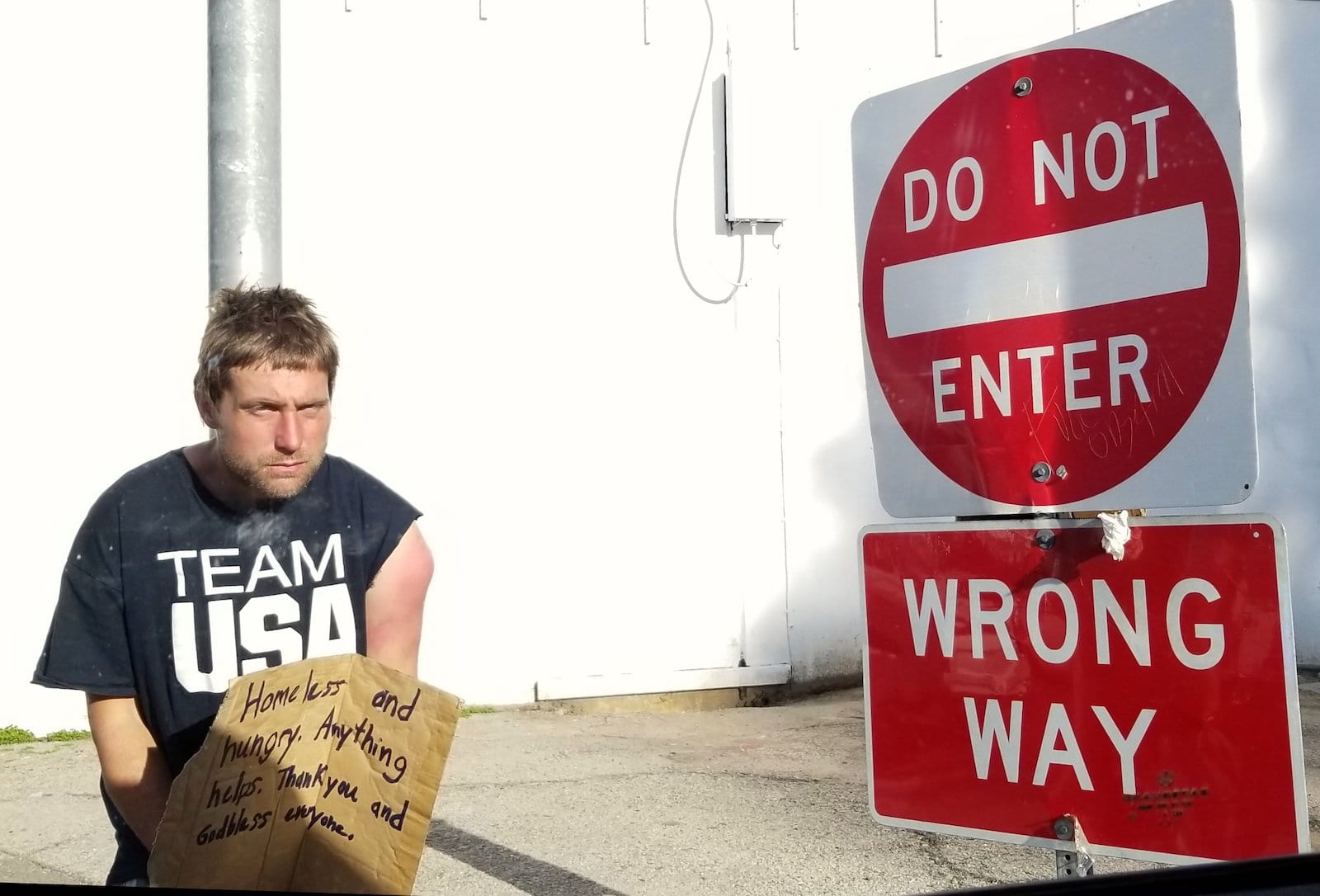[Yellow triangle of happiness – Vicodin pills. Photo: RS2Photography] In October 2017, U.S. President Donald Trump declared the opioid crisis a national emergency. The Administration’s opioid commission recommended an initiative “Stop Opioid Abuse” as a form of a call for a nation-wide response to a devastating statistic of deaths caused by drug overdose.
Nearly 64,000 Americans died from it in 2016, and the number went even higher in 2017 and 2018 with over 70,000 drug-related deaths per year. The reports also showed that about two-thirds of those overdose deaths involve opioids. According to Addiction Resource, the number of calls related to problems with opioids is constantly growing. Their primer advice is to not wait but to seek help immediately, for yourself or for others.
Misuse and abuse of opioids

Opioids, also known as opiates, are a class of drugs findable in two forms. The natural form is extracted from the opium poppy and the most familiar products gained from this derivation are codeine and morphine.
The best known synthetic versions are oxycodone and hydrocodone, probably more recognizable as brand names such as Vicodin, OxyContin, and Percocet. They are all prescription painkillers, prescribed for acute or chronic pain, associated with post-surgery rehabilitation, bone, head, or spine injuries, and for illnesses, such as cancer, where the patient can experience severe pain for a period of time longer than a few months.
The abuse of opioids usually begins with the misuse of prescription painkillers but it can also be developed from recreational use of street drugs. There are three forms of painkillers addiction:
- tolerance
- dependence
- addiction

The process starts when the body gets used to the therapy and the drugs can no longer keep the pain under control, which requires increased doses. Over time, the patient will become dependent on regular drug usage, even if the pain doesn’t exist anymore. This compulsive use of the substance is also known as addiction.
Unfortunately, the misuse of prescribed drugs for pain management in the U.S. is estimated between 20 and 30 percent. One research found that almost one-quarter of emergency patients did not know that opioids are highly addictive. Patients on high doses of painkillers are often rapidly discontinued, which can lead to greater health risk and even to further use of other substances such as heroin. Thankfully, they have an option to call any 24-hour addiction helpline in the area and seek advice, and support in this situation.
Colorado has a new approach

Colorado is fighting against equally gloomy numbers showing that unintentional drug poisoning was the third leading cause of death in 2017 with 578 deaths by opioids in this state. Drug Enforcement Administration (DEA) database, shows that exactly 1,022,073,725 pain pills were prescribed during a period of 6 years (2006-2012) state-wide. Data concerning distribution, manufacturing, and pharmacies are presented and available for all Colorado counties, separately.
Colorado is stepping up the fight against these statistics on a few levels. Jason Dunn, Colorado’s new U.S. attorney gave the highest priority mark to the job of dealing with overdose deaths. He’s strongly encouraging law enforcement in the state to investigate overdose deaths as homicides. Attorney’s office created a task force with both criminal and civil agenda, equally focused on street dealers as well as on the diversion of opioids from doctors, pharmacies, and nurse practitioners.
Colorado is just one of the 36 states that have sued OxyContin’s manufacturer for aggressive marketing practices.

The Colorado Department of Human Services (CDHS) has received $30 million dollars in grant money from the U.S. Department of Human Services. Most of this funding will be used in a period of two years to expand access to medication-assisted treatments for people struggling with opioid addiction of both prescription medications and drugs like heroin.
The amount will be distributed for several purposes:
- to increase the number of people getting narcotics that helps addicts during detoxification or in case of overdose
- to certify doctors and nurse practitioners for opioid distribution
- to purchase six mobile health units with equipment for treatments on the field
The University of Colorado Anschutz Medical Campus and the Colorado Consortium for Prescription Drug Abuse Prevention created the Center for Prescription Drug Abuse Prevention, which will be housed at the Skaggs School of Pharmacy and Pharmaceutical Sciences. This is an attempt to get maximum results from a coordinated response to the crisis of misuse and abuse of prescription medications such as opioids, stimulants, and sedatives.
Addiction helplines and facilities across the state, such as the Colorado Crisis Service, are available to all, with few options to get help: walk-in locations, call, chat and text. Most of them are opened 24/7 and have trained crisis counselors standing by. It’s professional, confidential and a free of charge way to get help with opioid-related cases.
A long way to go

While Colorado’s hospital opioid prescribing rate is slowly but firmly going down the state is more prepared than ever to face the crisis. In order to educate patients, physicians are instructed to present the risks and offer alternatives to painkillers. The goal is to treat the patient’s chronic pain with behavioral and physical therapies or relaxation exercises whenever possible.
Scientists are already working toward finding non-addictive painkillers and pain management specialists have innovative, invasive procedures for pain reduction and elimination.
It’s hardly over, but with the distribution control system and increased awareness, Colorado’s getting closer to the end of opioid crisis.

If you or someone close to you has a problem with addiction to painkillers, don’t hesitate to seek help. If you’re not ready to open up about your problem, don’t know where to start or how to reach regional drug abuse hotline specialized in treating opioid addiction, you can try Colorado Narcotics Anonymous. This is a non-profit society of recovering addicts who meet regularly to stay away from addiction. You can download their meeting list, find the closest meeting location and talk to people who will understand you.


 Colorado Ranks Low on Mental Health
Colorado Ranks Low on Mental Health